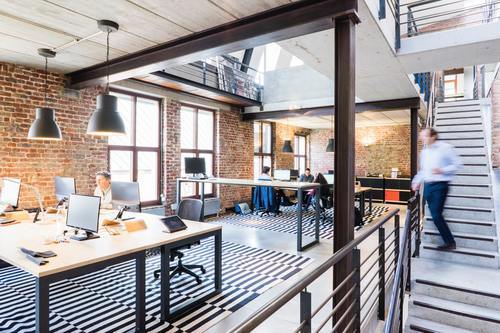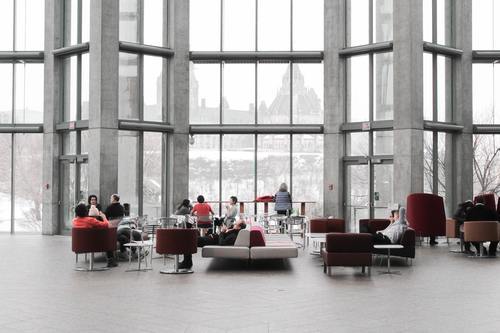Technology-Driven Office Furniture Design
Nov 21
Office and office furniture design have come a long way since the traditional one-size-fits-all workspace. Social and technological changes are the driving forces behind the shifts in office furniture design. In addition, changes in the nature of work, communication, and collaboration have had a tremendous impact on office design and office furniture. In fact, office furniture design is strongly linked to a company’s corporate image and culture and reflects the brand identity.

At one time, an office consisted of a table. However, with the widespread use of computers in the workplace during the 1980s, office design changed due to the new ways of working. Office workers were no longer tied to a physical workstation because of the latest technologies of mobile phones and the use of emails. Employees were now more free to move about. The emphasis on office design now shifted towards accommodating this new technology.

Technology is a vital part of any office space. Businesses can purchase refurbished Apple products from a company such as apple refurbished australia to help save on costs. Whether you need laptops or iPhones, mResell can offer you up to a 50% discount on the new price. As a business, you will also enjoy further discounts for purchasing higher quantities of items. The units are reliable and have up to 24 months warranty for your peace of mind.
The advent of all this technology and different ways of working has also put an emphasis on comfortable office design to meet the operational needs of the staff. More ergonomic office design and furniture translate into more efficiency and a greater sense of well-being for office workers. In addition, the use of relaxed, open break-out areas with comfortable seating allows the creative juices to flow during collaborative work.
Work motivation, efficiency, and job satisfaction increase when office spaces are designed in a way that helps people give their best. Office furniture plays a vital role here, whether it’s moving between standing-height worksurfaces and traditional desks or chilling in a break-out area. Colleagues may also need a small booth to focus on a project or, at other times, a meeting area arranged with appropriate furniture and technology that facilitates sharing and collaboration.
The future of office design will involve the use of smart furniture that monitors user needs and experiences to develop better workspaces and office equipment. Once again, technology is driving office furniture design.
